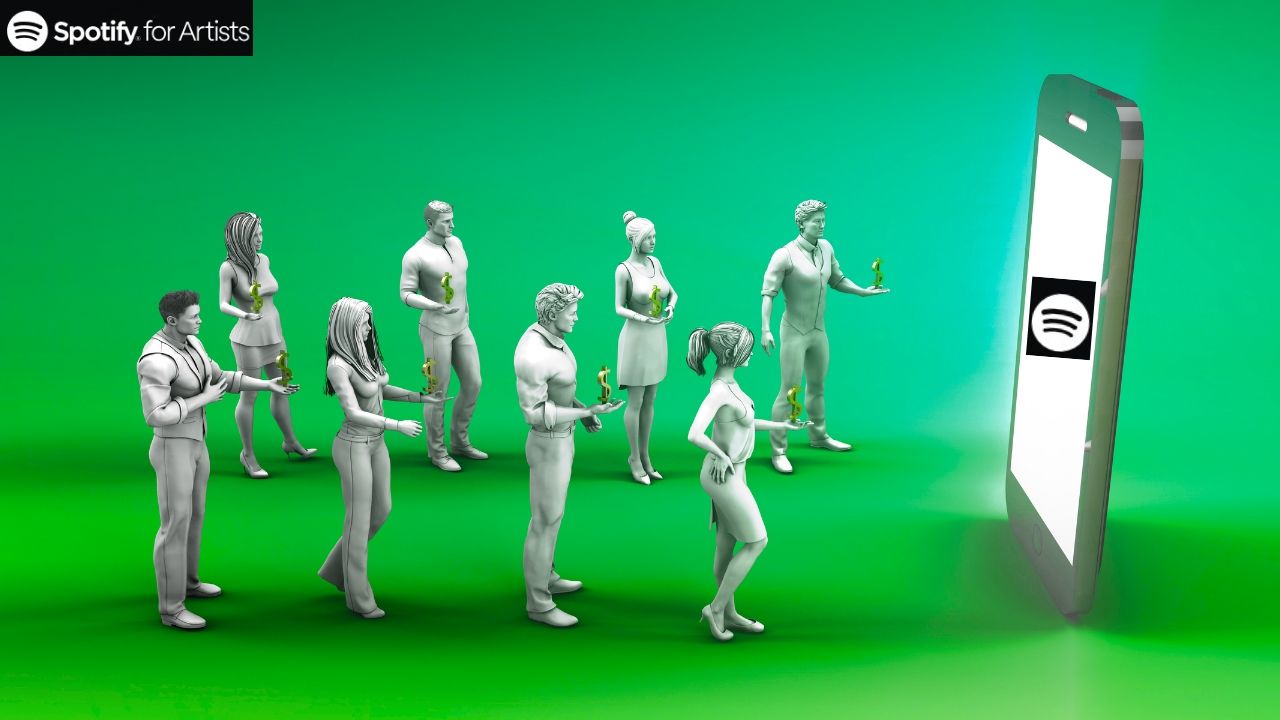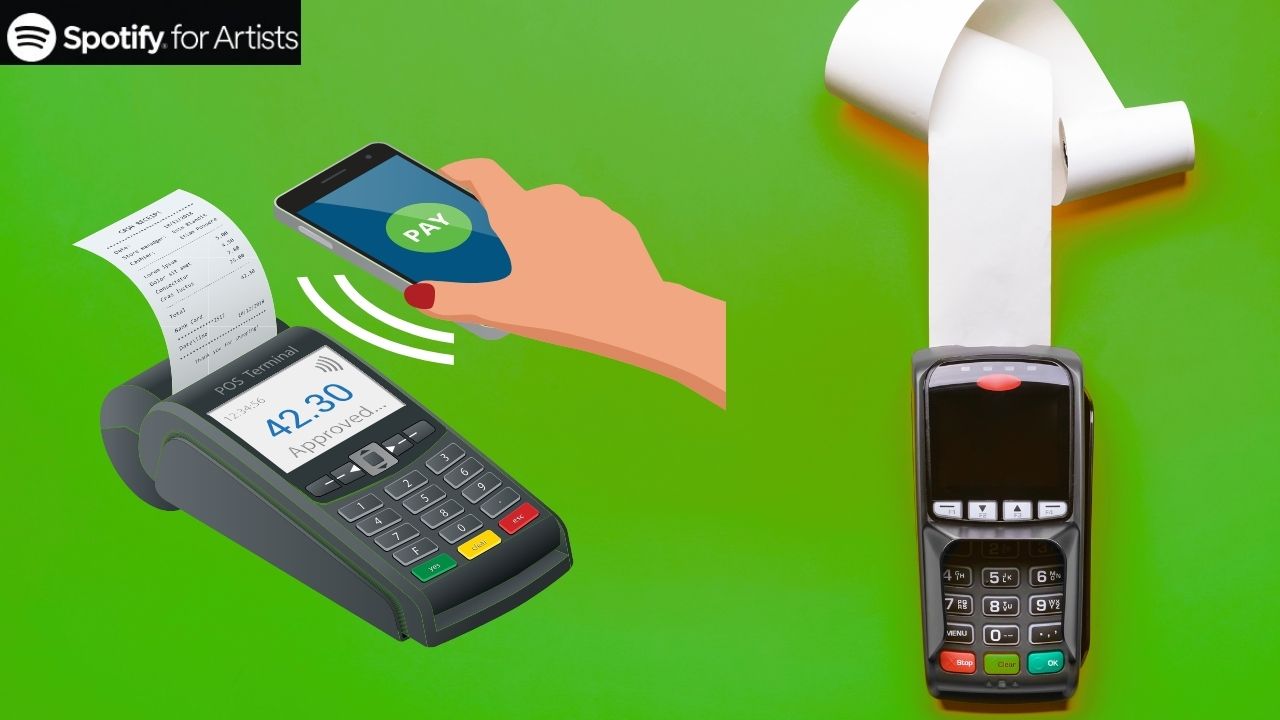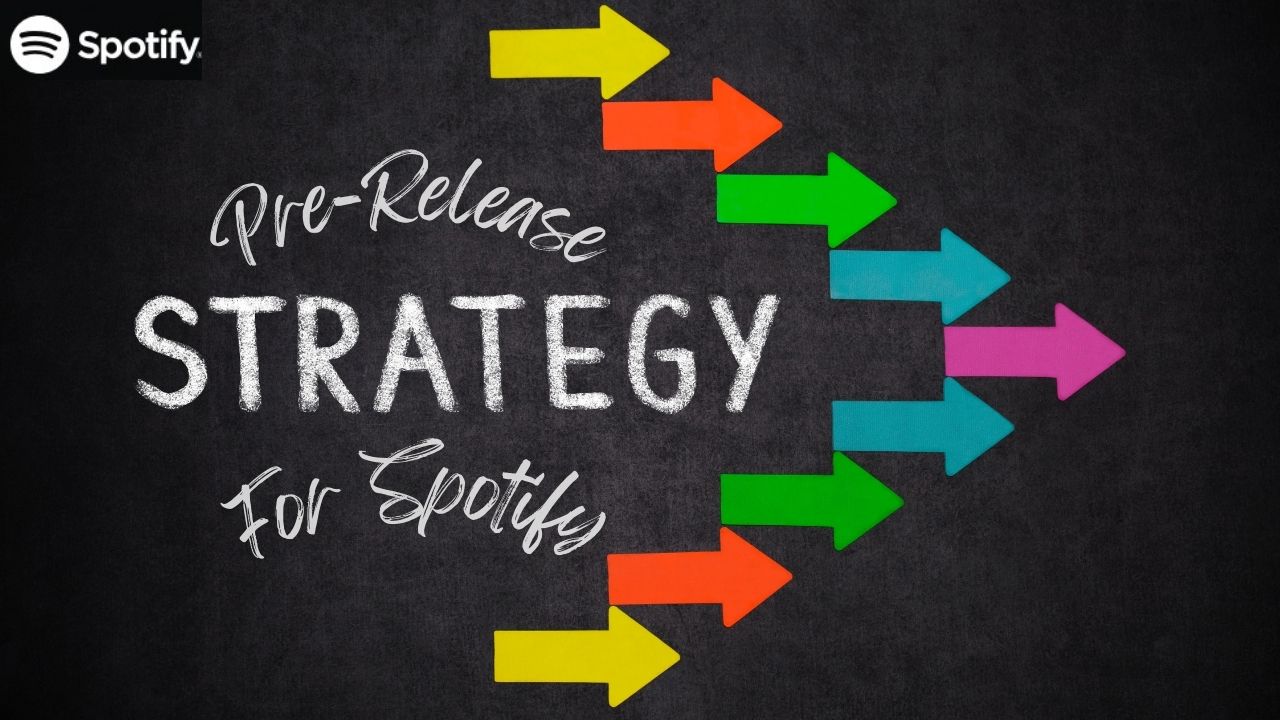In the early 2000s, the global music industry was in loss, and piracy was rife. Artists, labels, and everyone else in the industry were losing money. But then, the internet availed a new economy for the industry, in which you could listen to anything you wanted at any time and for free. This new model eventually led to the rise of streaming services, which promised to rescue the industry from the brink of collapse.
How Streaming Services Emerged as a Solution
The widespread piracy started to decline rapidly as online streaming services began booming. With a small amount of subscription, the streaming services were able to find middle ground for both the artists and their audience. The audience enjoyed access to unlimited music in a free tier, and artists were able to earn money either from this music consumption or from advertising. This new model was appealing to both sides, creating a win-win situation.
Music Streaming services like Spotify, Apple Music, and Amazon Music introduced a legal and convenient way to access music, reducing the need for illegal downloads. These platforms provided vast libraries of music, accessible with just a few clicks, significantly lowering the motivation for piracy. This shift marked a significant milestone in the music industry’s fight against piracy.
The Role of Subscription Models
One of the key factors in the success of streaming services was the introduction of subscription models. For a small monthly fee, users could access millions of songs without any ads, and with the ability to download music for offline listening. This model proved to be much more appealing compared to the hassle of illegal downloads, which often came with risks such as malware and poor audio quality.
In addition, the ad-supported free tiers offered by many streaming services allowed users to access music without paying, albeit with occasional advertisements. This option provided an entry point for many users who were not willing or able to pay for subscriptions, further reducing the incentive for piracy.
Efforts to Combat Piracy
With the increase in the number of streaming services, there were also a lot of efforts put into blocking access to any piracy sites, and it was criminalized. However, in the age of streaming, and specifically during the lockdowns due to the pandemic, piracy sites have witnessed a recent boost, despite the massive decline in the past years.
Stream-Ripping: The New Challenge
Since January, there has been a sudden increase in the phenomenon of stream-ripping. “Stream-ripping” refers to a type of piracy during which a user attempts to obtain a permanent copy of content that is usually streamed online. The process can be applied to audio and video content. Some of the widely used stream-ripping apps are YouTube Downloader, MP3 Video Converter, and Free YouTube to MP3 Converter. Most are used to either listen to music or watch music videos.
Why Are Users Stream-Ripping in the Age of Streaming and Digital Music Stores?
A recent study revealed that 46% of stream-rippers pirate music because it enables them to access songs offline, and 37% simply wanted to own songs for free because they don’t like it enough to buy. This behavior indicates that, despite the convenience of streaming services, some users still prefer to have their own copies of music files.
The Impact of Streaming Services on Piracy Rates
However, music piracy might be out there but there is no way that it would be as popular as it used to be before the advent of the streaming services, like Spotify, iTunes, and Amazon Music for music, and Netflix or Prime for TV and films.
Decline in Traditional Piracy
According to a report by the International Federation of the Phonographic Industry (IFPI), global music piracy rates have decreased significantly over the past decade. The availability of affordable and convenient streaming options has played a crucial role in this decline. In 2024, it was reported that only 12% of internet users accessed unlicensed music services, a stark contrast to the 30% reported a decade earlier.
The Economic Impact
The introduction of streaming services has not only reduced piracy but also boosted the economic prospects of the music industry. The Recording Industry Association of America (RIAA) reported that streaming accounted for 83% of the total music industry revenue in the United States in 2023. This shift towards streaming has provided a more sustainable revenue model for artists and labels, ensuring that they receive fair compensation for their work.
Ongoing Efforts and Future Directions
Besides, with the increase in continuous support the artists receive from their fans, where they encourage artists through buying and streaming music from the available official routes, they are maintaining the entire ecosystem of the entertainment industry.
Artists and Fan Support
Artists are now more connected with their fans than ever before. Social media platforms and streaming services have enabled artists to reach a global audience, fostering a sense of community and support. Fans are more likely to support their favorite artists through legal means, knowing that their contributions directly impact the artists’ ability to create new music.
Technological Advancements and Anti-Piracy Measures
Technological advancements continue to play a crucial role in combating piracy. Streaming services are constantly improving their security measures to prevent unauthorized downloads and stream-ripping. For instance, Spotify and Apple Music have implemented advanced encryption technologies to protect their content. Additionally, industry-wide collaborations with governments and law enforcement agencies have led to stricter enforcement of anti-piracy laws.
Education and Awareness
Educational campaigns aimed at raising awareness about the negative impact of piracy on the music industry have also been effective. Organizations like Music Matters and Creative Content UK have launched initiatives to educate consumers about the importance of supporting legal music services. These campaigns emphasize the value of creative work and the role of consumers in sustaining the industry.
Challenges Ahead
Despite these positive developments, the music industry still faces challenges in completely eradicating piracy. The ongoing evolution of technology means that new forms of piracy are constantly emerging. Stream-ripping, for example, remains a significant concern. However, the industry is committed to addressing these challenges through continuous innovation and collaboration.
Balancing Access and Revenue
One of the primary challenges is finding the right balance between providing affordable access to music and ensuring fair compensation for artists. While streaming services have made significant strides in this regard, there is still room for improvement. Some artists and labels argue that the revenue generated from streaming is not sufficient, leading to ongoing debates about the fair distribution of profits.
The Role of Legislation
Legislation also plays a crucial role in protecting the rights of artists and ensuring that piracy is effectively addressed. Governments around the world are continually updating their laws to keep pace with technological advancements. International cooperation is essential to tackle piracy on a global scale, as many piracy operations are transnational.
Conclusion: Are Streaming Services Really Saving the Music Industry from Piracy?
In conclusion, streaming services have undoubtedly played a pivotal role in saving the music industry from the rampant piracy that characterized the early 2000s. By providing convenient, affordable, and legal access to vast libraries of music, these services have significantly reduced the motivation for illegal downloads. The decline in traditional piracy rates and the economic growth of the industry are clear indicators of this success.
However, challenges such as stream-ripping and the need for fair compensation for artists remain. The industry must continue to innovate and collaborate to address these issues. Through technological advancements, educational campaigns, and supportive legislation, the music industry can further reduce piracy and ensure a sustainable future for artists and creators.
As we look ahead, the continued support of fans and the ongoing efforts of the industry will be crucial in maintaining this positive trajectory. Streaming services have laid the foundation for a more resilient and vibrant music industry, and with ongoing commitment, they can continue to safeguard the future of music.























Leave a Reply